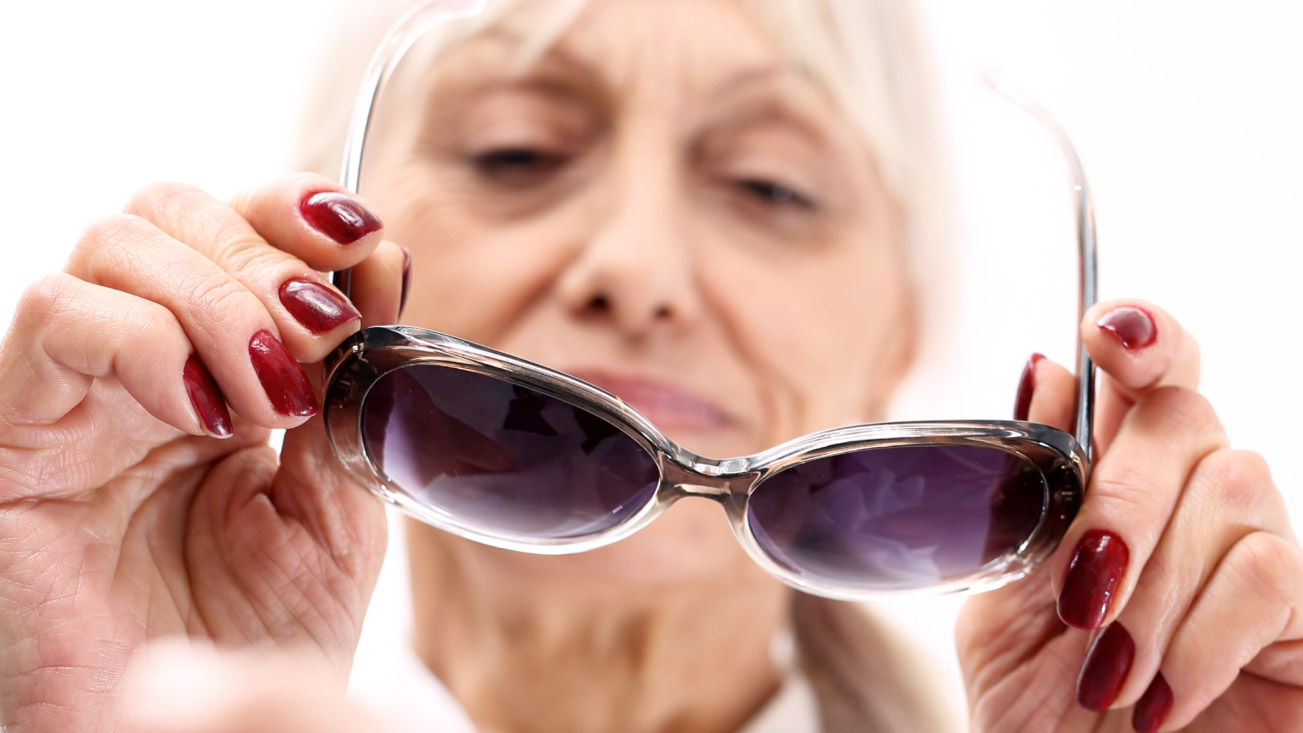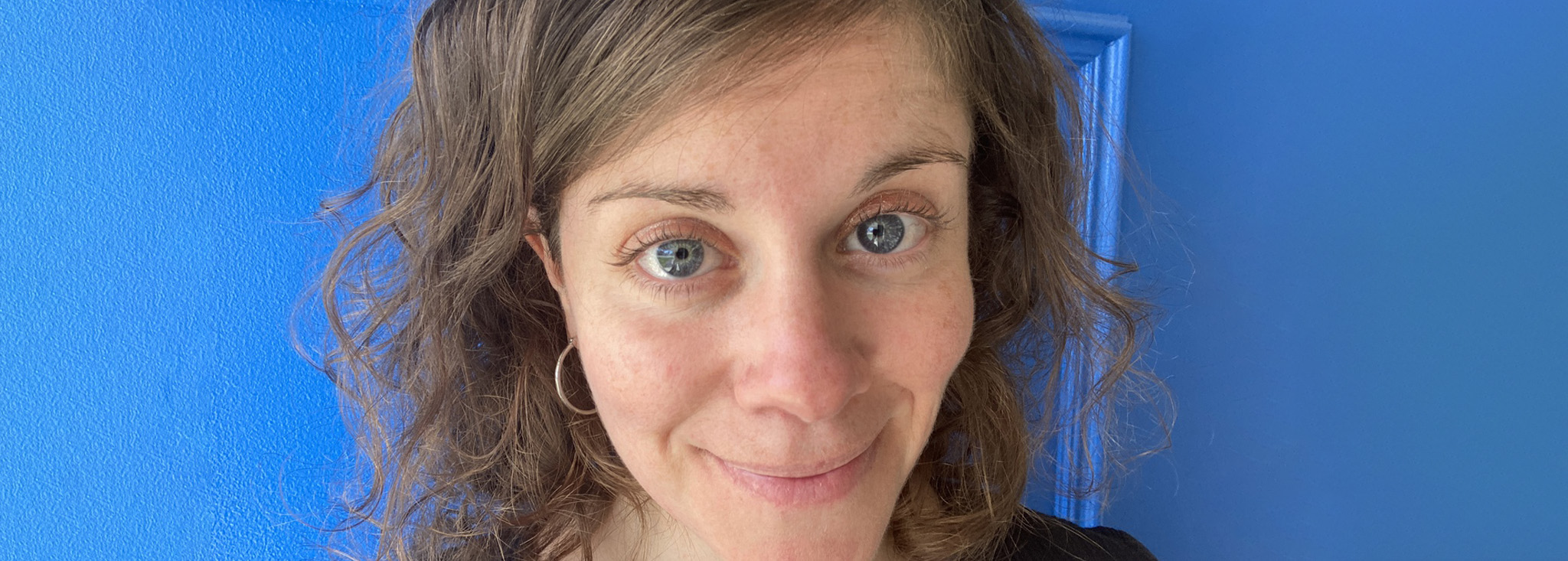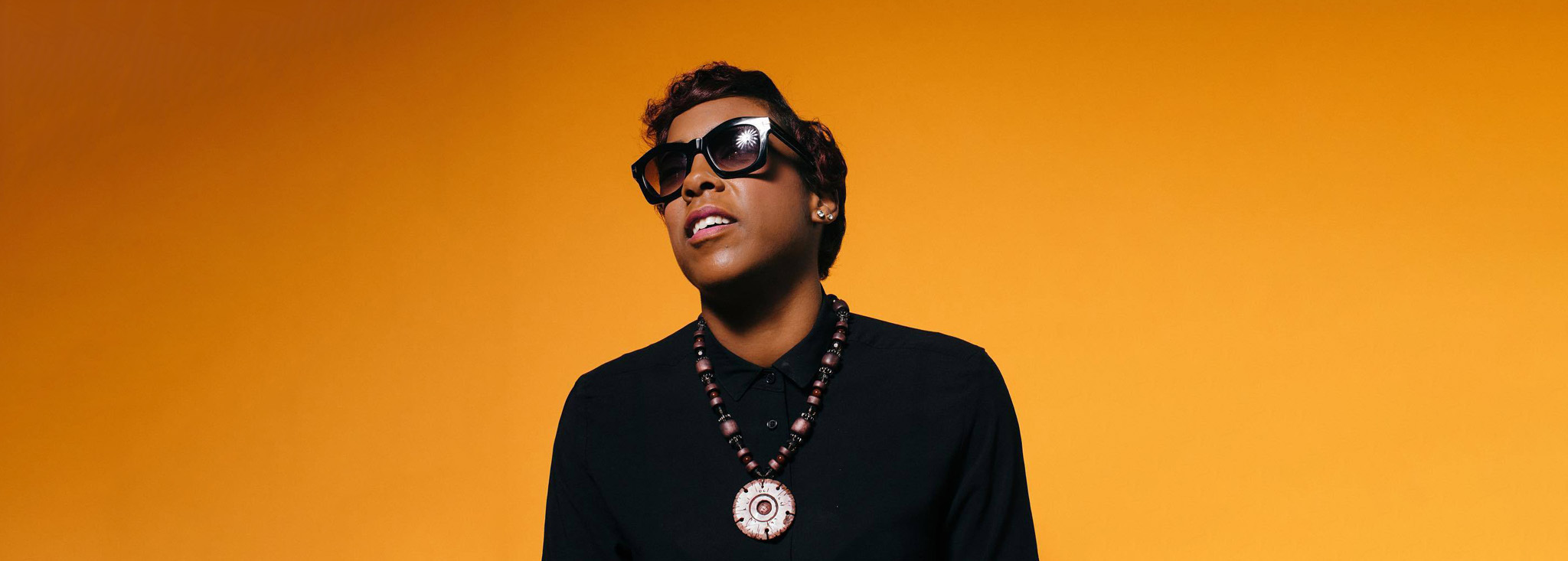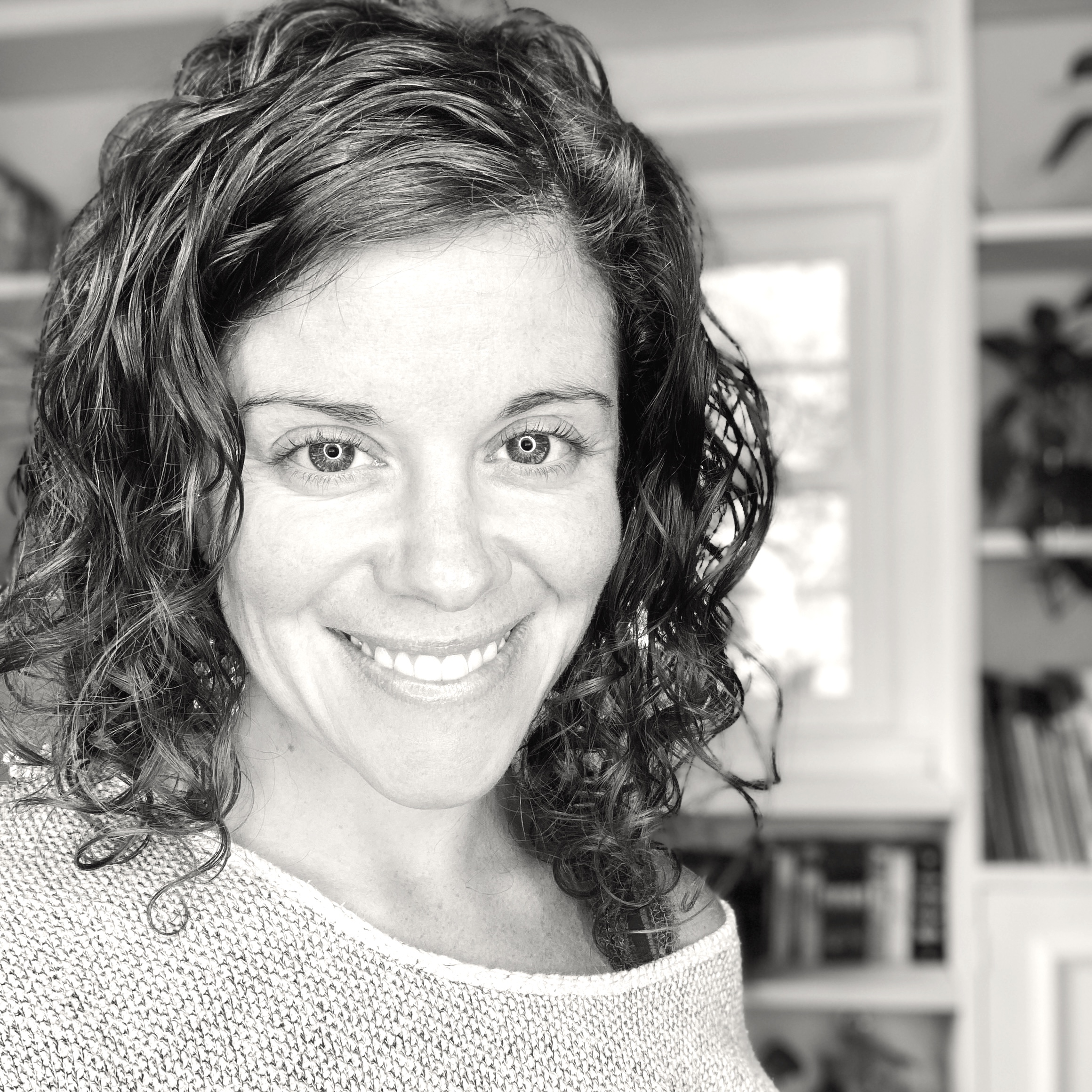Patients Share: Treatments for Diabetes Eye Complications
Written by: Ginger Vieira
7 minute read
May 20, 2021
While the causes and tests for diabetes-related eye complications are all the same, the experience of your personal diagnosis and treatment journey can vary greatly from person to person.
Here, people with type 1 and type 2 diabetes share what the process has been like for them and how it’s helped them save their vision. These stories are a great reminder that no matter how many times your exam has found zero signs of complications, it’s still important to schedule every year.
Annual eye exams and potential treatments you may need all have the same goal: to help you protect and save your vision.
Diane: Injections for retinopathy and macular edema
I had 20/20 vision and I’d never been diagnosed with any diabetes eye complications, but I was on the verge of going completely blind in my left eye without even knowing it. The year before, my doctor saw something very small during my dilated exam, and she said, “We’re just going to watch this. It’s nothing yet.”
This time, she looked at my eyes and said, “You need to see a doctor right now.”
Unbeknownst to me, there was leaking and bleeding, and it was pooling gradually and encroaching upon my optic nerve. There was also a lot of swelling from macular edema. As it all got closer and closer to my optic nerve, it could potentially wipe out my entire vision in that eye. I had noticed that small print was fuzzy and harder to read but I thought that was just part of aging.
Also, the shape of my retina changed dramatically. It’s supposed to be a beautiful dome, and instead, I had a huge divot from the pooling blood. It was so close to my optic nerve, and so close to bursting, which would cause permanent blindness.
I got a laser treatment immediately, to help stop the bleeding. And then I started 12 months of injections, getting a new injection every 28 days. Some people need them for the rest of their life, so I felt lucky about 12 months.
It’s not natural to let someone stick a needle in your eye. It’s a fight or flight reaction. After the first few injections, I knew I needed help with a mild sedative medication for treatments because even though the actual injection only takes five seconds, and your eye is mostly numbed, I would get extremely anxious and nervous in the days leading up to each injection. I started taking Lorazepam right before my injections and it makes such a difference. I don’t worry, and it isn’t emotionally stressful.
They numb your eye with drops, which do burn for a few seconds, and then a really goopy, sticky gel all over your eye. Then the doctor puts a device around your eye to gently hold it open for the injection.
Your eye will be scratchy and bloodshot for a week or two after every injection. And you’ll use “preservative-free” natural tears several times a day to help it heal and reduce the redness.
It’s such a better experience with that prescription sedative. I was embarrassed that I needed the sedative to help me get through it, and I felt weak having to ask for that help. Until I realized, “Why do I suffer anymore through this?” You don’t have to suffer, ask for that help right from the beginning.
Randall: several surgeries and eye injections for retinopathy
I have had several surgeries and injections for bleeding for my eyes due to diabetic retinopathy which led to a very sudden but temporary loss of vision, 50 percent in one eye and 100 percent in the other. The injections in my eyes for bleeding were not painful at all.
The first surgery was in 2018, when I had a dot hemorrhage rupture that caused the retina to detach. The injury itself didn’t hurt at all but it left me with a 60 to 70 percent vision-loss in my right eye. Surgery was scheduled to correct it. It was an outpatient procedure and the procedure was painless. After surgery, my vision was completely back to normal after about two weeks.
Next, I had some preventative laser work done on my left eye. This was more painful. And it didn’t prevent eventually needing surgery on that eye, too. Like the first, the surgery wasn’t painful, and my vision was back to normal two weeks later.
After that there was some preventative laser work done on my left eye. This to me was more painful than the surgery in my right eye. Unfortunately it didn’t completely keep me from having to have eye surgery on that eye as well. While not as bad as the first occurrence with my right eye, I did have vision issues in the laser treated eye that required another outpatient procedure. Again this was painless and vision was back to normal in about two weeks. I now have 20/20 vision with glasses.
Paul: surgeries and treatments for retinopathy, ocular hypertension and glaucoma
I’ve had laser surgery, two vitrectomies and cataract surgery. The laser surgery was very minor on the pain scale, and I was sedated for the treatments. Treatment for hypertension (high blood pressure) in the eye was the most painful experience of my life. It was treatment with IV medications, then surgery and oral medications.
Now I keep it stable with eye drops four times a day. I was sedated for the vitrectomies, but your eyes are sore and there’s moderate pain for three to four days afterwards. And I had a sore neck for two weeks to protect the retina after surgery, because you have to posture your face downward for 50 minutes out of every hour for two full weeks while you heal.
Dana: 48 years with no complications, then retinopathy & cataracts
I’ve lived with type 1 diabetes for 49 years, since 1972, and it wasn’t until year 49 when my left eye started to get blurry. Until then, I’d never been told I had retinopathy, only minimal changes to my retina because of diabetes. I was also told I’d need cataract surgery, too.
In preparation for cataract surgery, my ophthalmologist did two laser treatments on my left eye to treat small bleeders.
I finally got cataract surgery on the left, and needed a follow-up surgery two weeks later because they determined they put in the wrong lens. At first, they told me I couldn’t see well because of my diabetes, but I made them investigate further. The new lens was so much better.
The triple-checked the lens fit before cataract surgery for my right eye, but I had developed macular edema in the left eye during the same time. So I started Eylea injections in that eye and had surgery for the edema.
After getting the new lens in right to treat the cataracts, my vision was great and I was so relieved!
Three weeks later, I was eating dinner and I suddenly started seeing black circles and floating lines in the vision of my right eye. I rushed to the hospital—which was a waste of time—and ended up just seeing my ophthalmologist in the morning.
I was diagnosed with proliferative diabetic retinopathy (PDR) in my right eye. The dots and lines were blood leaking from my retina. An immediate Eylea injection helped to dry up some of the blood, followed by more laser treatments. I’ve definitely noticed significantly less blood in my vision.
I am so grateful for these treatments available to us! I still have many more laser treatments and injections to do on both eyes. Yes, the thought of an eye injection makes everyone cringe and feel nauseous. They’re not enjoyable, but they are very quick and not that uncomfortable.
With laser treatments, in my experience, you do not feel most of it. However, when the laser hits the nerve endings, you can definitely feel it — and it is not pleasant. But we have to get used to it. Life with diabetes is a journey, with many road bumps along the way!
Anita: several surgeries and treatments for retinopathy and cataracts
I’ve had several laser treatments but I eventually needed a vitrectomy in both eyes for retinopathy. My first laser surgery was when my youngest child was still a baby, and I was so afraid of losing my vision. I would touch his face a lot just to remember how he looked. The first laser treatment was painful, but you have to keep your eyes open until the treatment ends. You have to be patient.
During one of my vitrectomy surgeries, my blood sugar dropped and I was surrounded by a number of doctors that helped treat the low and reduce my anxiety during the rest of the surgery. I am lucky to have a wonderful team of doctors!
Lori: several surgeries and treatments for retinopathy and cataracts.
I’m blind in one eye due to my retinopathy. My left eye is the good one, and I have very good vision now after cataract surgery. I’ve had laser treatments in both eyes, but my right eye was too far gone and had experienced too many hemorrhages. Today, I wear glasses and I can truthfully say that I do not miss the loss of sight in my right eye. I’ve become accustomed to not having it.
Meagan: several surgeries and treatments for retinopathy
The first surgery was for the retina in my left eye. I was pretty scared because I’d gone in to see my regular eye doctor and she sent me to another specialist that same day after looking at my eye. He said I needed surgery right away, it was scheduled for three days later. He explained that he couldn’t fix the existing damage in my eyes from high blood sugars, but he could prevent it from getting worse or slow it down.
I was terrified because I’d never had any kind of surgery before, but the surgery itself was not scary. They gave me medication to keep me calm, and the nurses were amazing. They also let me pick my own music to play in the operating room. You’re awake during the surgery but you don’t feel a thing after the first needle, and I honestly don’t remember much!
I had four more surgeries over the next few years for retinopathy, cataracts and a macular hole. One of the surgeries caused high pressure in my left eye, which was the most severe pain I’ve ever felt. I went in right away to see my surgeon and he gave me an injection to release the pressure from my eye. Injections sound scary but they are not painful. My eyes have been stable for the last seven years but my vision has not improved because of the damage done before the surgeries that can’t be reversed.
I’ve learned to adapt to low vision over the years with different pairs of glasses, magnifying tools and zooming in on screens to read more easily. When it comes to far distance sight, I’ve just gotten used to things being blurry. I memorize where things are or I ask for help when I need to.
I struggled to find work because of my vision loss, and now I don’t work at all because of other health issues. I worry about finding work in the future when these health issues are resolved. It’s easier to adapt to low vision in day-to-day life than it is in the workplace.
Keith: Several surgeries and treatments for retinopathy
I was working and there was suddenly what looked like a tree branch in the distance, but there were no trees. I went to an optometrist who had checked my eyes six months before that, and there were no problems at the time.
After seeing several more specialists, I was told I could be blind in six months, and received my first laser treatment the next day, and again every six weeks for several months. A few years later, I suffered a hemorrhage in my right eye and needed several laser treatments.
About 15 years later, I needed four more treatments to prevent future problems, and it worked until I lost the peripheral vision in my right eye. In the summer of 2018, I lost my driver’s license. I can read with reading glasses and carry on with life just fine.
Thank you to these brave patients for sharing their stories with us!
This content on Eye Health was made possible through the ADA x BT1 Collab.
Related Resources

Before you buy your next pair of sunglasses, consider more than just how cool the...
Read more

Normal vision is 20/20 or better, which means you can see something clearly from 20...
Read more

Kevin Blinder, MD—an ophthalmologist and ADA volunteer— recently spoke to Beyond Type 1 on the...
Read more


